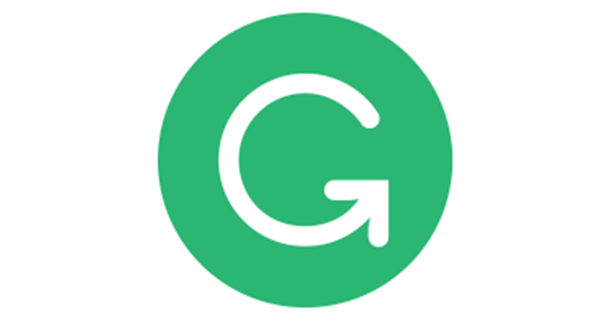
Once connected accounts is turned on for your application, if a user chooses to connect their Grammarly account, that user will be able to add unique words, or stop flagging a particular spelling of a word as incorrect, in their personal dictionary. This would be in addition to Grammarly’s own privacy policy, which does not cover your application’s privacy practices. Please note that you’ll need a privacy policy that states your commitment to your customers. For more information, see Naming and describing your application. The names and assets that you specify here should be wholly your own-this information will be displayed to users on the consent screen that asks users to connect their Grammarly account. You can customize the way your application is shown to users publicly by setting a display name, a developer name, and an app logo. For desktop clients only, there are a few more steps required to support the user authorization flow, described below. You can turn on and set up this feature from your App Console in the Connected Accounts section. However, a user will only need to approve the application via the consent screen once for your application, as the user’s consent is shared between sessions. Each browser would maintain its own connection state, as the session token is saved in localStorage that is not shared between different browser instances. If they choose to connect their Grammarly account again, the consent screen will be skipped, as the user already authorized your application in the past.Ī user may use your application from multiple browsers. When a user reconnects, they will not be asked for consent again if they have approved your app previously.Ī user can log out of their Grammarly account from your application by choosing the “Log out” menu option under the Grammarly button. When the token expires, the user will be offered to reconnect their Grammarly account to your application. The session token expires after 30 days of inactivity. The session token gets automatically renewed each time a user interacts with Grammarly through the Text Editor SDK from within your application. Once the user approves the application, the Grammarly Text Editor SDK receives a long-term session token that is stored in the localStorage open in new window of your application.

The consent screen is a crucial part of the standard OAuth 2.0 flow. Once the connected accounts feature is turned on for your application, users will start seeing the "Connect your Grammarly Account" menu option under the Grammarly button.Īfter clicking "Connect your Grammarly Account," the user will see the consent screen, which will ask the user to authorize your application to interact with their Grammarly account. Grammarly implements the industry-standard OAuth 2.0 protocol to securely issue access tokens for third-party applications.
#Grammarly logo full#
The connected accounts feature allows users to connect their Grammarly accounts to your application so that they can access full account features and suggestions, such as their personal dictionary, style guide, and customization preferences.


 0 kommentar(er)
0 kommentar(er)
